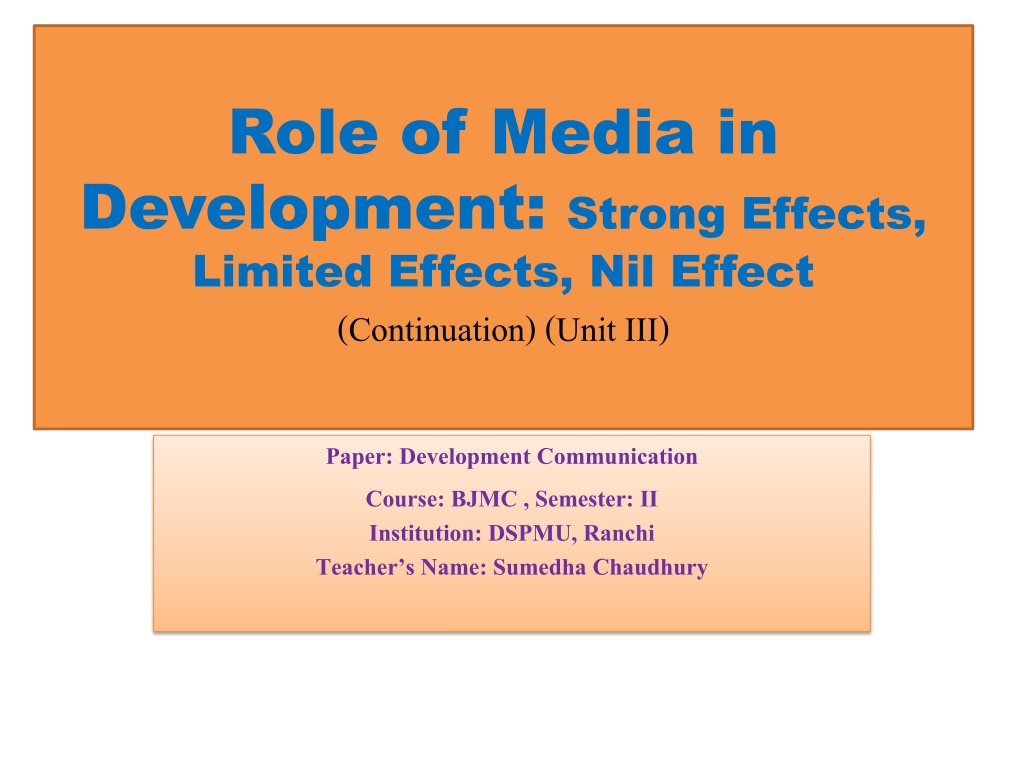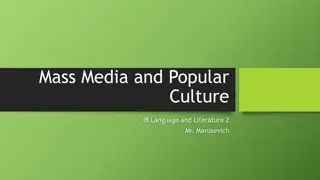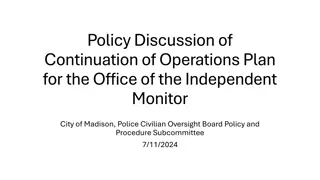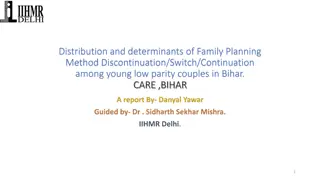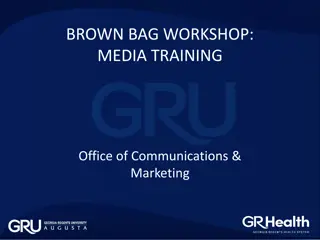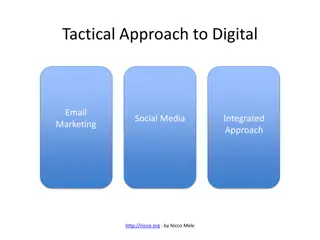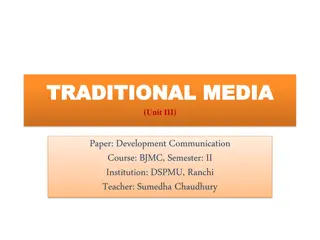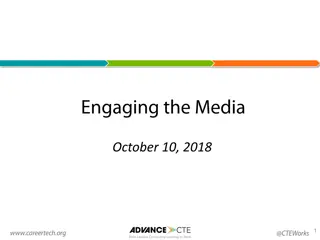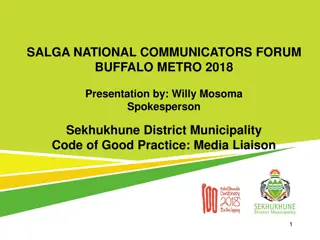Understanding Media Effects on Development: Strong, Limited, and Nil Impact (Continuation)
American psychologists have traditionally believed in strong media effects, attributing direct influence on audiences. However, the limited effects theory emerged in the 1940s, challenging this notion by suggesting media's negligible impact on behaviors such as voting. On the other hand, proponents of nil effects, like Gauntlett and Fiske, argue that media effects are misconceptions and that consumers have more agency than previously thought.
Download Presentation

Please find below an Image/Link to download the presentation.
The content on the website is provided AS IS for your information and personal use only. It may not be sold, licensed, or shared on other websites without obtaining consent from the author. Download presentation by click this link. If you encounter any issues during the download, it is possible that the publisher has removed the file from their server.
E N D
Presentation Transcript
Role of Media in Development: Strong Effects, Limited Effects, Nil Effect (Continuation) (Unit III) Paper: Development Communication Course: BJMC , Semester: II Institution: DSPMU, Ranchi Teacher s Name: Sumedha Chaudhury
Strong Effects Those who believe in strong media effects, mostly American psychologists, who mostly use laboratory experiments, have concluded that the mass media have direct influence and effects on the people. Bennett (1982) contends that the strong effects paradigm views the audience as a mass of passive and vulnerable recipients of mass mediated content. Mass society theory dates industrialisation, urbanisation and modernisation of European and American society in the 17th century. The dramatic changes at the time are believed to have led to the breakdown of traditional back to the period of human relationships.
Limited Effects Although much younger than the strong effects paradigm, the limited effects tradition is almost seventy years old. It dates back to the 1940s when Lazarsfeld and his colleagues published the results of a study of the Erie County voting behaviour, which led the researchers to the conclusion that the media had a negligible influence on the voting behaviour of the people of the Erie County since the pattern of political alignments had not changed much. This conclusion disrupted the image of the mass media as a hypodermic needle or a magic bullet, that is, the notion that the media had direct, immediate and powerful effects on people's behaviour.
In short, field research into media effects seems to come up with different results from empirical, experimental laboratory Stimulus-Response studies influenced by learning theory.
Nil Effect The Nil effect paradigm could be best represented by such media effects denialists as David Gauntlett (1998) has argued that media effects are mere perceptions or illusions because they have not been proved and that the approach taken by strong media effects researchers is flawed. To this effect he has identified ten things wrong with the strong effects tradition. John Fiske (1987) a cultural studies guru is another extremist who has argued that the mass media are powerless in the face of very active consumers. The third person effect of media power (Atwood, 1994) is another form of nil media effect because, it argues that media effects are considered to work on the people out there .
Case Studies Despite the strong arguments for nil and limited mass media effects, development planning and implementation experts have for decades used mostly to create public awareness and influence knowledge transfer. Although mass media seem to have very little or nil effect on electoral behaviour, worldwide case studies seem to point to the fact that mass media play an important role in development.
